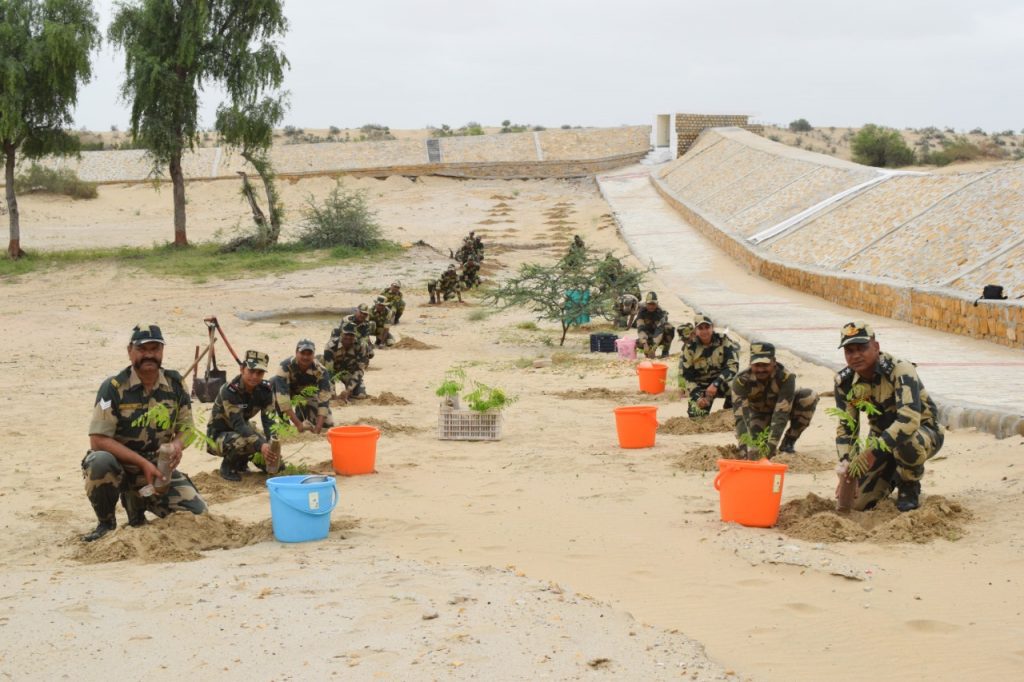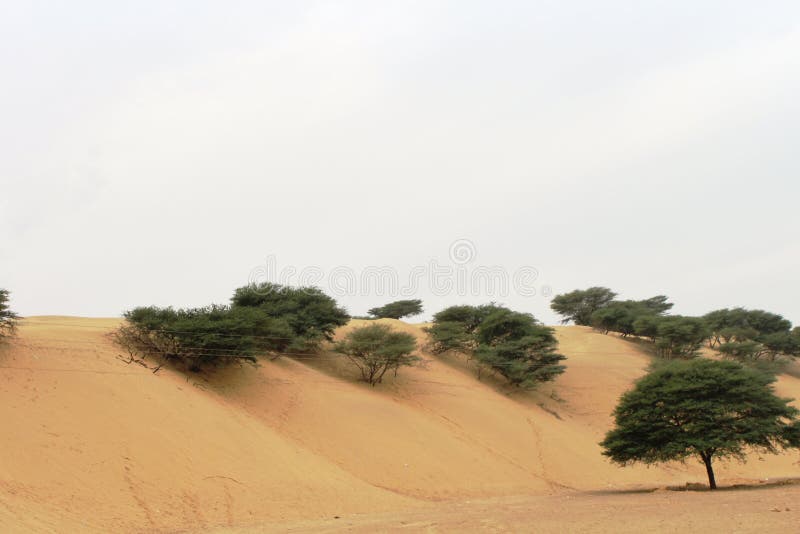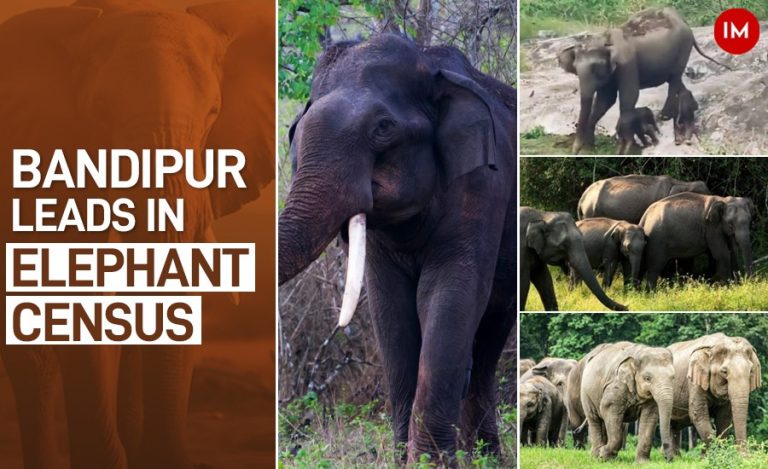The dry and desert region of Jaisalmer in Rajasthan is getting greener with rainfall increasing in recent years. This year in May, the area witnessed heavy rainfall due to the western disturbance in Pakistan, and again in July, due to the effects of Biparjoy cyclone. Although the average rainfall this year is less than the past few years’, yet it is significant for this otherwise scant and dry land.
These changes in the pattern of rainfall have led to many positive changes in the area as there has been an increase in tree cover and agriculture, especially, has been benefited immensely. But, is it a really a good sign, or will it impact this dry ecosystem which is home to many flora and fauna of its own?
To understand this, Indian Masterminds talked to the DCF (Territorial), Jaisalmer, Mr. Ashutosh Ojha, who explained why the changes are taking place and what is the strategy of the forest department.
PLANTATION DRIVE
Just like it is said ‘Rome wasn’t built in a day’, so also the rainfall and vegetation in Jaisalmer are the efforts of many years. Due to plantation in the dry and sand dunes areas, the moisture retention capacity of the areas has increased. And, since, the trees attract the clouds, so the rainfall has increased.
In the last 4-5 years, the forest department has carried out plantation of local species like ‘ber, khejri, babul (Acacia Nilotica), and also sheesam and neem. “Each year, around 3-4 thousand hectares of area is planted. Recently, the forest department also started to enroll locals in the plantation initiative. Around 5 lakhs plants of such species are given to farmers for plantation,” said DCF Ojha. Recently, BSF also launched a green cover initiative with the help of CSR and planted around 1000 bamboo trees in Tanot village.

THE IMPACT
All this plantation have changed the face of the region. The sand dunes have shrunk and the accumulation of sand on the roads and in the IGNP canal has minimized. The increased ground water has helped agriculture and the farmers are locally growing cumin, peanuts along with other vegetation.

Mr. Ojha said that if this continues, then there is a possibility that in a decade or two, this dry land eco-system can move to tropical system. If this happens, several species of flora and fauna can be in danger if they cannot adapt to the change. While this is too early to predict, yet the possibility cannot be ignored, and the forest department and the Rajasthan government are prepared for it, he added.
SAVING ECO SYSTEM
Mr. Ojha emphasized that the new strategy for greenery development in the area will be decided after an analysis of the rainfall pattern. However, the department is focusing on moving with the mixed system, which is partially green and dry. “Dry ecosystem is part of our bio-diversity. We can’t let it die. It is our responsibility to keep it safe, so that the native animals and trees of this area can be protected,” said the officer.

With this thought, the forest department has started plantation of native grasses like ‘Dhaman and Sewan’. These grow in dry areas and do not need much water, yet they are very nutritious fodder for the cattle. Mr. Ojha further said that planting these grasses is protecting the dry ecosystem and also helping the cattle population.
Asked if all this will affect the desert tourism sector, the officer replied that plantation has not been carried out in SAM or the nearby areas which are major tourist attractions. Over all, the focus is now on maintaining a balance between the greenery and the Thar desert, he said in conclusion.

































